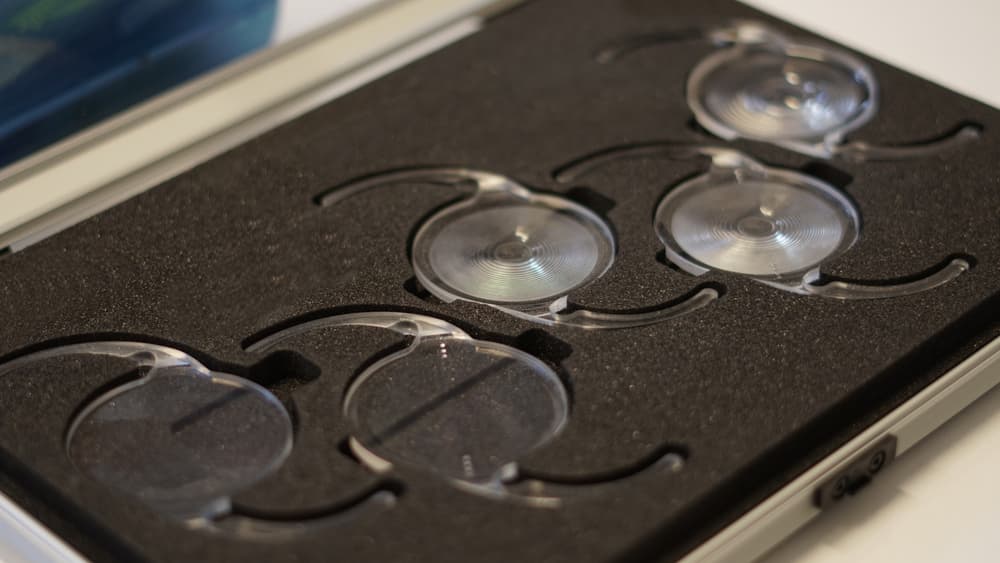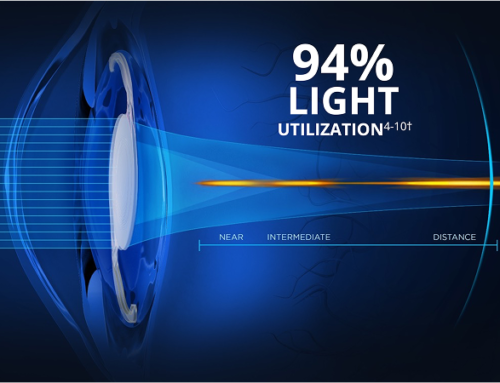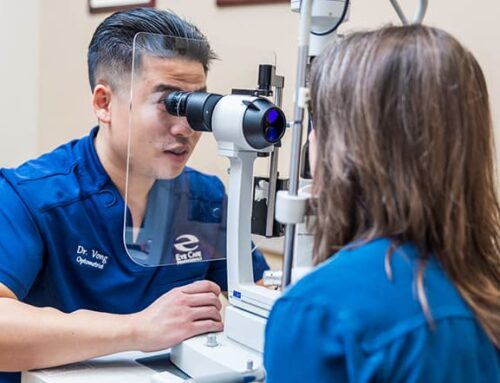Are you tired of having blurry vision or constantly relying on glasses and contact lenses? Customized IOL implants might be the solution you’ve been searching for. In this blog post, we’ll explore the world of intraocular lenses (IOLs) and how personalized options can help you achieve your specific vision goals.
What are IOL Implants and Their Role in Vision Correction
Intraocular lenses (IOLs) are artificial lenses implanted in the eye to replace the eye’s natural lens when clouded due to cataracts or other conditions. These small, foldable lenses play a crucial role in restoring clear vision. IOLs are surgically inserted during cataract surgery or refractive lens exchange procedures, providing a permanent solution to vision problems.
IOL implants have revolutionized vision correction by offering a safe and effective way to achieve clearer vision. Replacing the natural lens eliminates the need for glasses or contact lenses, allowing individuals to enjoy improved visual acuity. With advancements in IOL technology, patients now have the option to customize their lenses to meet their unique vision needs.
Traditional IOL Implants
Traditional IOL implants have been the standard choice for many years. These monofocal lenses provide clear vision at a single distance, usually optimized for distance vision. While traditional IOLs effectively restore vision, they may still require reading glasses for close-up tasks.
Although monofocal IOLs have limitations, they have proven to be highly successful in correcting vision for countless patients. The simplicity of these lenses makes them a reliable option for those who primarily need distance vision correction. However, technological advancements have paved the way for more versatile and customized IOL options.
Advanced IOL Implants
Advanced IOL implants offer a more tailored approach to vision correction. These advanced lenses address specific visual needs and provide clear vision at multiple distances. Personalizing the IOL to match an individual’s unique eye characteristics, patients can achieve optimal visual outcomes and reduce their dependence on glasses or contact lenses.
Advanced IOL implants consider factors such as astigmatism, presbyopia, and other refractive errors. By addressing these specific issues, personalized IOLs can provide sharper vision and enhance the overall quality of life. The ability to customize IOLs has opened up new possibilities for individuals seeking precise vision correction tailored to their lifestyles and preferences.
Types of Advanced IOLs

Multifocal IOL Implants
Multifocal IOL implants are designed to provide clear vision at multiple distances, reducing the need for glasses or contact lenses. These lenses have multiple zones that focus light at different distances, allowing for improved near, intermediate, and distance vision. Multifocal IOLs are particularly beneficial for individuals with presbyopia who struggle with both near and distant vision.
Toric IOL Implants
Toric IOL implants are designed to correct astigmatism, a common refractive error that causes blurred or distorted vision. These lenses have different powers in different meridians, compensating for the cornea’s irregular shape. Toric IOLs provide clear and stable vision, eliminating the need for additional astigmatism correction through glasses or contact lenses.
Light Adjustable Lenses (LAL)
RxSight has developed the first IOL that allows our doctors to optimize your vision after your cataract surgery with a simple in office application of light to adjust the focusing power of the lens. Using the Light Adjustable Lens, we now have the unique ability to adjust and fine tune the power of the lens implant once inside the eye. This also allows one to preview and adjust the vision until it meets your personal desires and lifestyle requirements. This optimization is performed by our doctors after lens implantation through a series of light treatment procedures in the office that take only a few minutes each.
Strengths and Weaknesses of Different IOL Options
Multifocal IOLs allow clear vision at different distances, but the brain may need time to adjust to the various focal points. Some individuals may experience halos or glare, particularly in low-light conditions. Toric IOLs provide excellent astigmatism correction but may not address other refractive errors as effectively as multifocal IOLs. With LALs, once you have achieved your final optimal vision, the lens power is permanently locked with a final light treatment to prevent any further changes.
The Consultation Process

Steps Involved in an Ophthalmological Consultation
- Schedule a comprehensive eye examination with an experienced ophthalmologist.
- Undergo an initial assessment to evaluate overall eye health.
- Measure refractive errors.
- Discuss your vision goals with the doctor.
- Use the gathered information to determine the most suitable IOL options.
Preoperative Testing and Measurements
To ensure the best possible outcomes, preoperative testing and measurements are conducted to gather precise data about the shape and size of your eye. These tests may include corneal topography, optical coherence tomography (OCT), and biometry. By obtaining accurate measurements, the ophthalmologist can customize the IOL to match your eye’s unique characteristics.
Start Your Journey to Better Vision
Advanced IOL implants offer a personalized approach to vision correction for patients with cataracts, allowing individuals to achieve their desired vision goals. These IOLs can improve vision at different distances and reduce the need for glasses or contacts. They address issues such as astigmatism, presbyopia, and other vision problems.
If you’re ready to explore the possibilities of customized IOLs, schedule a consultation with an experienced ophthalmologist at Eye Care Professionals today. They will guide you through the process, answer any questions, and help you determine the best IOL options for your unique vision needs.











